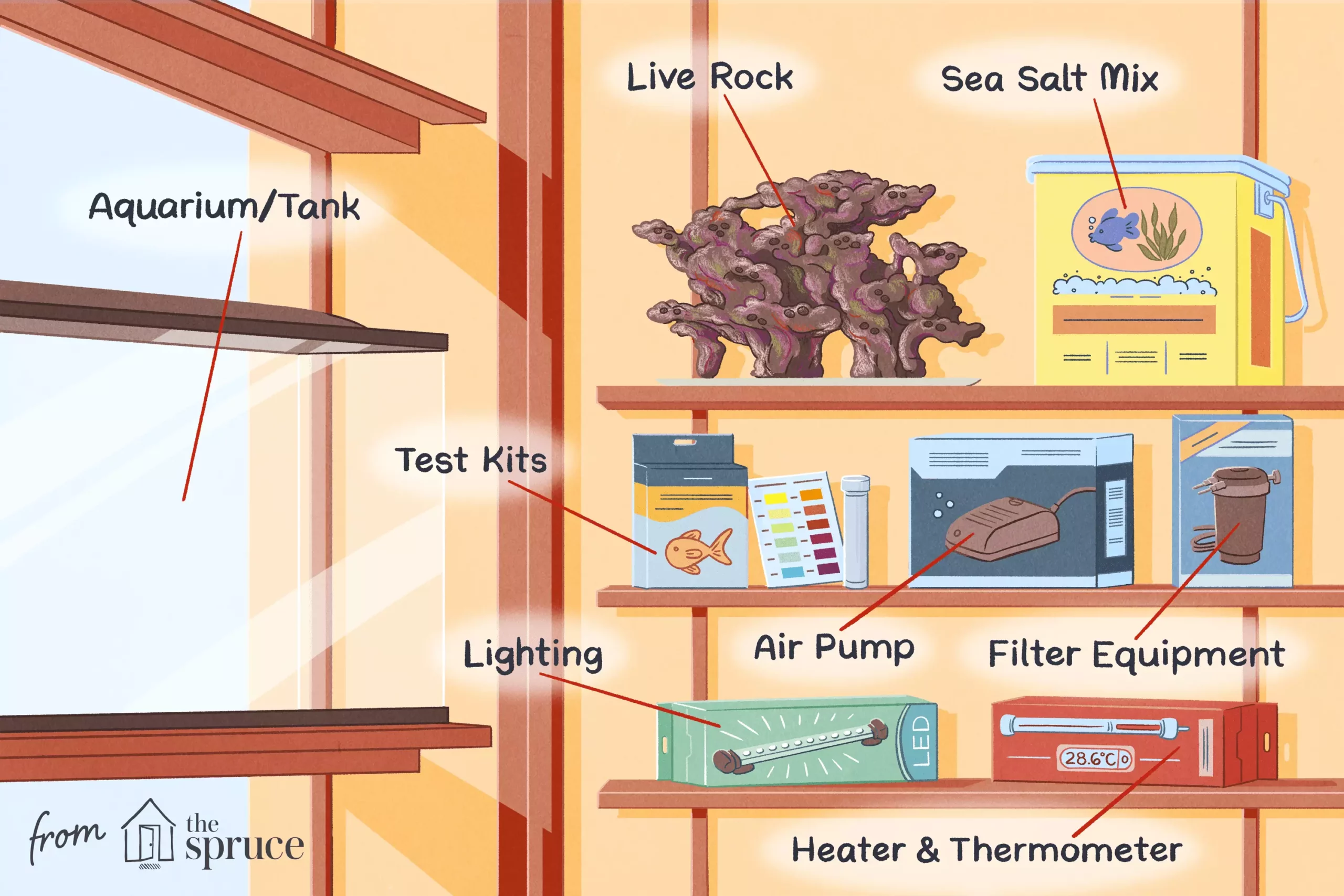Establishing an aquarium can be an exhilarating journey, but it requires careful planning and consideration of various components. From selecting the right tank size to determining the appropriate equipment, every choice contributes to the overall health and appearance of your aquatic ecosystem. This article delves into the essential aspects to consider when setting up your aquarium, ensuring you make informed decisions that will lead to a thriving aquatic environment.
The first step in your aquarium adventure is selecting an appropriate tank that aligns with your designated space. Depending on your available area, you might have access to a variety of tank sizes and styles. Whether you opt for a compact nano aquarium perfect for smaller spaces or a spacious 50-gallon tank, the decision mainly hinges on the volume of water you wish to maintain and the type of environment you desire. For aquarium enthusiasts who want to showcase their aquatic life, large display tanks can provide an impressive visual centerpiece. On the other hand, if cost-effectiveness and customization appeal to you, consider the DIY route. Building your own aquarium from scratch can be an engaging project that allows for personalization, though it requires research and attention to safety and functionality.
While shopping for your aquarium, the equipment included—such as filtration and lighting—should be a top priority. Purchasing a complete aquarium kit simplifies setup and ensures compatibility among components. For example, plug-and-play nano kits typically come with all necessary equipment, making it easy for beginners. Yet, if you are venturing into a larger or more complex system, it’s beneficial to select individual components that meet your specific requirements.
When considering filtration systems, several options are available. Canister filters offer versatility for a broad range of setups, while wet/dry trickle filters can be tailored to accommodate a variety of needs. Power filters, usually mounted externally, are user-friendly and efficient for smaller tanks. An additional consideration for saltwater aquariums is the use of protein skimmers to reduce organic waste, allowing for higher fish populations. Proper water circulation can be achieved with powerheads, promoting a stable environment for your aquatic residents.
Lighting is another critical consideration that can significantly affect both the appearance of your aquarium and the well-being of its inhabitants. The type of lighting you choose should correspond with the specific ecosystem you are creating. Generally, fish-only tanks require less sophisticated lighting than reef tanks, which benefit from specialized lighting to support coral growth. For those planning long-term upgrades, investing in LED fixtures, which are energy-efficient and long-lasting, can be a strategic choice. Consider also a power center that allows for effective control of lighting and other electrical components throughout your aquarium system.
When setting up an aquarium, the substrate you choose goes beyond mere aesthetics—it plays a vital role in the overall health of the ecosystem. Substrate varies in color, type, density, and size, which can affect both aesthetic appeal and biological functionality. Heavier substrates are preferable in tanks with strong water currents to prevent displacement. If your aquarium plan includes a biological filter, consider factors such as porosity and surface area to encourage beneficial bacteria growth. For aquarists employing specific filtering techniques like the Jaubert Plenum, live sand can enhance filtration capacity.
Maintaining stable water conditions is essential for the health of your aquatic life. Depending on your aquarium setup, salty marine environments require monitoring of salinity levels, and using a salinity tester can help you manage this aspect effectively. Additionally, providing adequate heating is crucial, especially for larger tanks, which may necessitate several heating devices to maintain stability.
Regular maintenance will ensure a long-lasting ecosystem. Keeping a log of maintenance tasks can help track the health and progress of your aquarium, allowing for timely interventions when necessary. The precise measurements—such as temperature, salinity, and pH—should be recorded periodically to ensure that all water parameters remain stable.
Setting up an aquarium is a multifaceted endeavor and deserves thoughtful consideration at each stage of the process. From selecting the right tank size to ensuring effective filtration and lighting, every choice affects the final outcome. Take the time to research components and invest in quality equipment to build a peaceful, healthy aquatic environment that brings joy and satisfaction for years to come.

